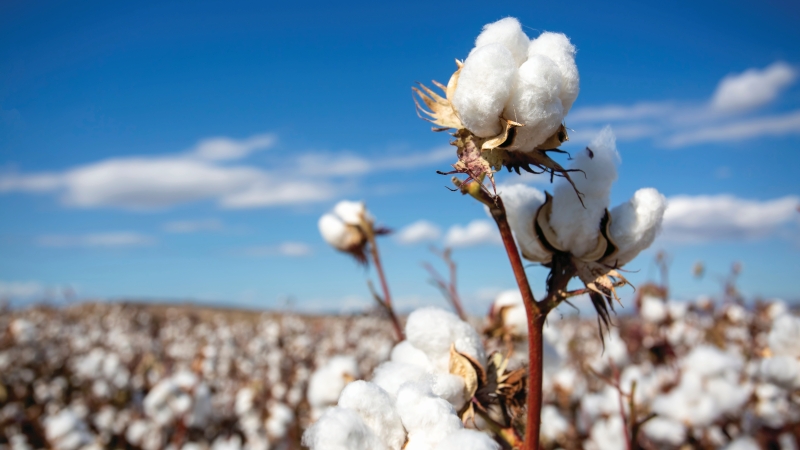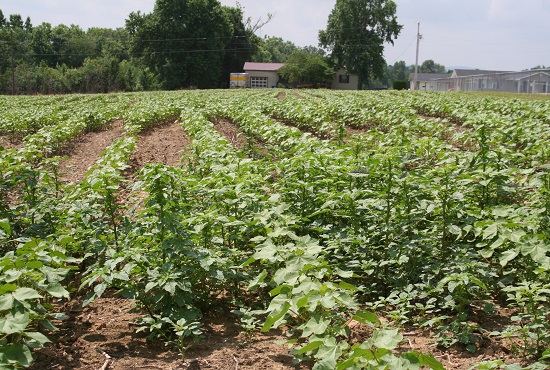Seeking Balance in Export and Domestic Quotas
The cotton market has been highly exposed to instability and volatility during the last several years. This has led to numerous distortions in supply and demand for most of the cotton varieties in the world, including extra-long staple, long staple and middle staple.
Some countries took protective measures by offering financial support and other actions to maintain their share of cotton exports in the international market and to encourage its consumption during the global recession that the world has passed through, especially in 2008/2009, including the EU, East Asia, U.S., and others.
Egyptian cotton has been facing many problems during the last ten years, starting from the fluctuation in the planted area from 307,059 hectares in 2001/02 to 132,818 hectares in 2008/2009 to 220,702 hectares in 2011/12. There has been volatility in prices offered by producers, as well as the selling price for the output of local spinning mills and subsequently in the export market.
There were many questions concerning the situation of the 2010/2011 cotton season, especially from the pricing side, with increases in planted area up 120,944 hectares from season 2009/2010 and yield up 212 million pounds.
Producers were seeking to have 100 pounds of yield per pound of seed cotton of Giza 86 or Giza 88, the season actually began with that price after a sudden unexpected rise until the price of Giza 86 exceeded $299 to $316 per 110 pounds of seed cotton and about $316 to $332 per 110 pounds of seed cotton for Giza 88. This was higher than any expectation for that season according to the predictions of the participants in the cotton market.
This is besides the increase in the lint cotton prices delivered to the local spinning mills, prices that exceeded $266 to $282 per 110 pounds. Price of imported (upland) cotton delivered to local spinning mills reached more than $232 per 110 pounds.
The season began calm at 136 cents/lb. for Giza 86 and 151 cents/lb. for Giza 88, then prices increased suddenly, reaching 268 cents/lb. for Giza 86 and 300 cents/lb for Giza 88 in week 27, almost doubling the starting price.
The increase in price from the beginning of the season had a great impact on Egyptian cotton in both the domestic and international markets and was the major factor behind the expansion of planted area for 2011/12. After the Jan. 25 revolution, the Egyptian government has concentrated on the entire Egyptian cotton industry from cultivation to export, and it has created programs that aim to improve Egyptian cotton as its main priority, including increasing the cultivated area in 2011/12.
Cotton is a national cash crop and plays an important role in planning the future of Egyptian agriculture. It requires establishment of a special program to achieve balance between domestic consumption and production and export quotas, as well as satisfactory returns for cotton producers and a pricing policy that assures returns to cotton producers equal or exceeding the returns from other competing crops.
These goals could be achieved by taking the following steps: first, by improving the current varieties to attain the best yield; second, by focusing interest on scientific research to produce varieties with high yields, and accessing advanced breeding programs that are especially dedicated to Bt cotton; third, by preserving the technological characteristics of Egyptian cotton that have made it a world leader, and fourth, by focusing interest on development of the country’s spinning and textile industry.








